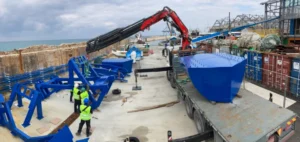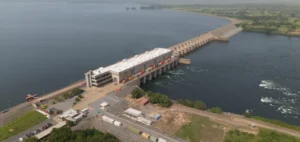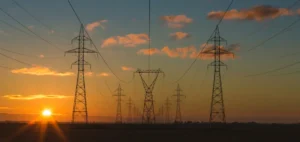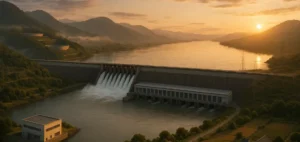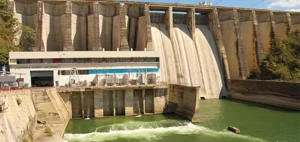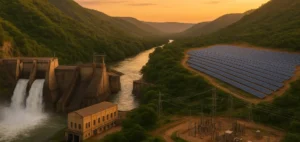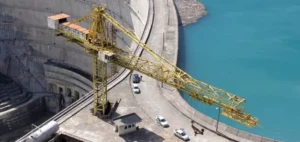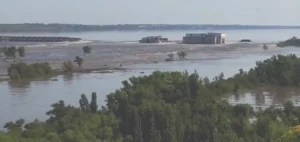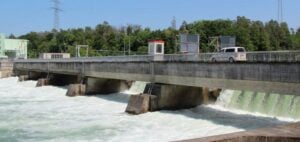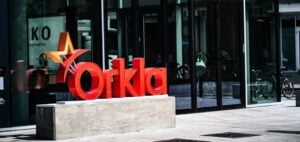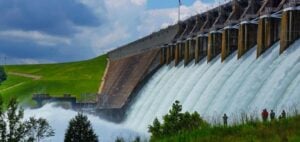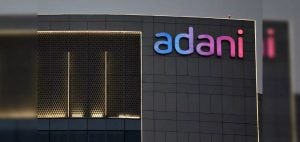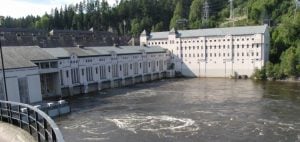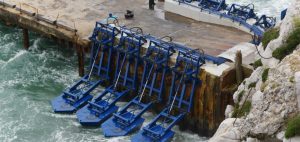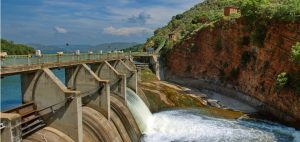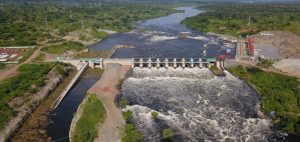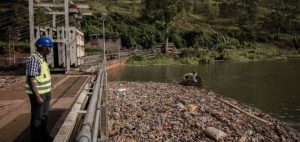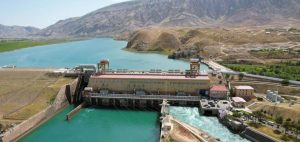Ethiopia confirms the completion of the final filling of the GERD reservoir, reaching 41 billion cubic meters of water, with an eventual target of 74 billion cubic meters.
This operation has doubled the dam’s electricity output, which now stands at 1,550 MW thanks to the commissioning of two new turbines.
The project, launched in 2011, is central to Ethiopia’s economic and energy development strategy.
However, the refilling was carried out over the objections of Egypt and Sudan, who fear a significant reduction in the flow of the Nile.
Ethiopia’s Prime Minister, Abiy Ahmed, has declared that the filling is no longer negotiable, marking a critical turning point in relations between the three Nile riparian countries.
Origins of the conflict and historical issues
GERD is at the heart of a conflict rooted in decades of disagreement over the use of the Nile’s waters.
The 1929 and 1959 agreements, signed between Egypt and Sudan under the aegis of the colonial powers, granted Egypt a disproportionate share of the river’s water resources, without consulting the other riparian countries, notably Ethiopia, which contributes 85% of the Nile’s flow via the Blue Nile.
These agreements laid the foundations for current tensions.
Since GERD construction began, Egypt has expressed concerns about the potential impact on its access to water, especially in times of drought. The Nile is essential to agriculture, drinking water supply and power generation in Egypt, which relies on the river for 97% of its water needs.
Negotiations to find a compromise have repeatedly failed, giving way to rising tensions.
Regional negotiations and prospects
Despite several attempts at international mediation, including by the United States and the African Union, discussions between Ethiopia, Egypt and Sudan failed to reach a comprehensive agreement.
In 2020, Ethiopia began filling the reservoir unilaterally, aggravating tensions with its neighbors.
Egypt insisted on the need for a legally binding agreement to regulate the filling and operation of the dam, but positions remained entrenched.
In August 2023, new talks were held, but failed to resolve the major differences.
Egypt, for whom the Nile is a crucial resource, declared that it would take all necessary measures to protect its water rights if an agreement was not reached.
Meanwhile, Ethiopia continues to operate the dam, which is now in an advanced stage of operation.
The situation surrounding the GERD illustrates the complex geopolitical tensions linked to the management of water resources in a region where they are vital.
Negotiations are continuing, but with no compromise in sight, the risk of tensions escalating remains high.


